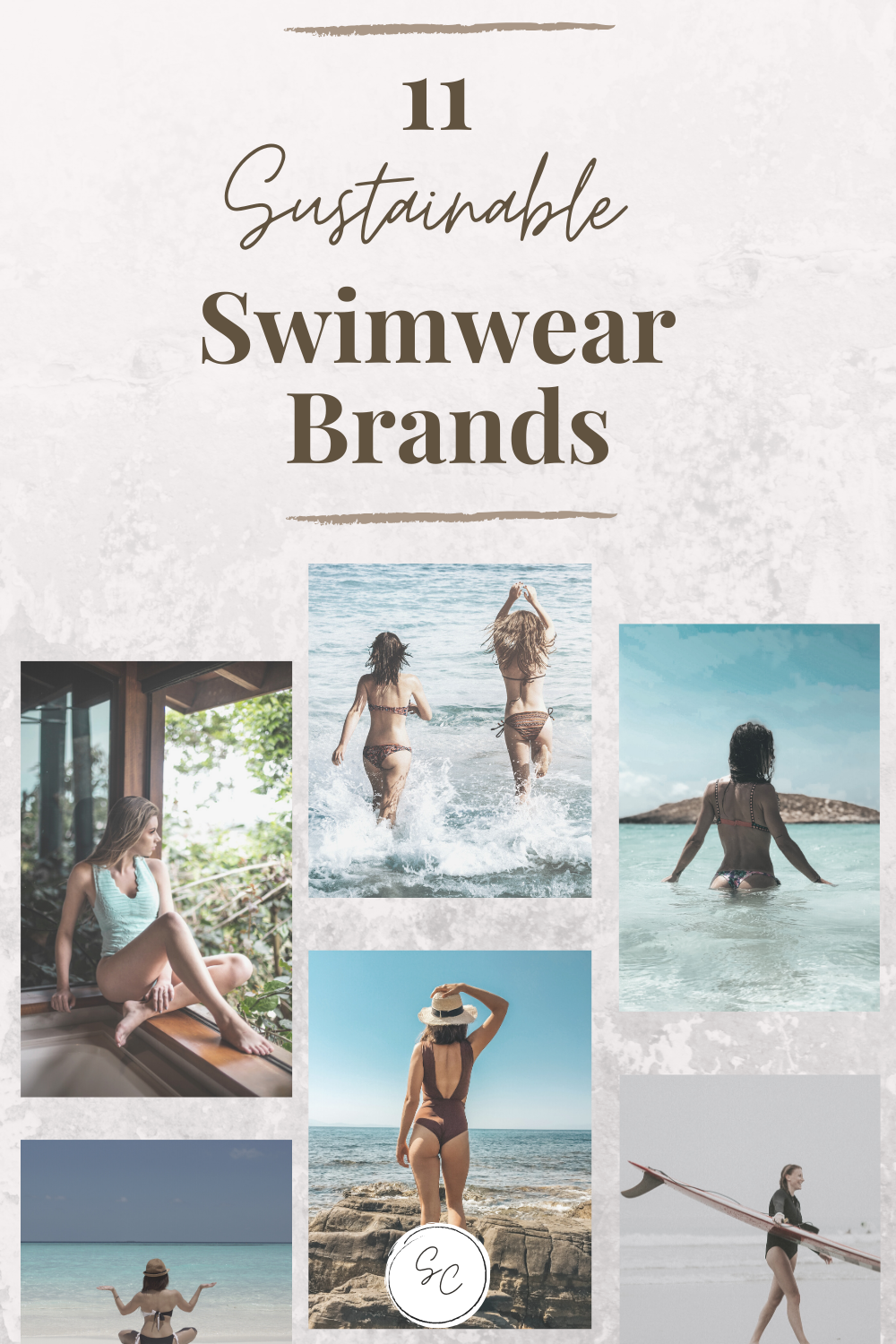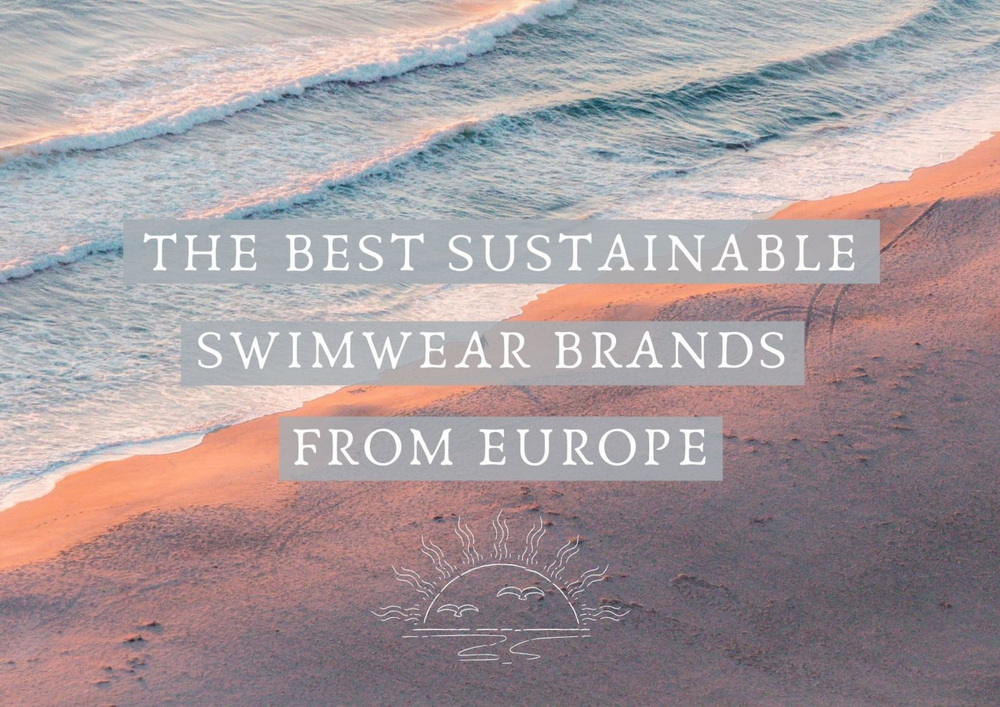Content Menu
● Understanding the Market and Your Motivation
>> The Growing Demand for Sustainable Swimwear
>> Why Start a Sustainable Swimwear Brand?
>> Market Analysis
● Developing a Sustainable Business Plan
● Sourcing Eco-Friendly Materials
>> The Importance of Sustainable Textiles
● Ethical Manufacturing and OEM Partnerships
>> Why Work with OEM Manufacturers?
● Designing for Sustainability and Functionality
>> Balancing Style, Comfort, and Eco-Consciousness
● Branding and Storytelling
>> Building an Authentic Sustainable Swimwear Brand
● Digital Marketing for Sustainable Swimwear Brands
>> Essential Strategies
● Launching and Growing Your Brand
>> Steps to Launch
>> Scaling Sustainably
● Frequently Asked Questions
>> 1. What materials are best for sustainable swimwear?
>> 2. How can I ensure ethical manufacturing for my swimwear brand?
>> 3. Is sustainable swimwear more expensive to produce?
>> 4. How do I market my sustainable swimwear brand?
>> 5. What certifications should I look for in sustainable swimwear?
● Conclusion
● Citations:
How to Start a Sustainable Swimwear Brand: A Comprehensive Guide for Modern Entrepreneurs
The global swimwear industry is undergoing a transformative shift. As environmental awareness grows, entrepreneurs and consumers alike are seeking ways to reduce their impact on the planet. If you're passionate about fashion and the environment, learning how to start a sustainable swimwear brand is both a timely and rewarding venture. This guide will walk you through every step, from market research to eco-friendly manufacturing, branding, and digital marketing, ensuring your swimwear business not only launches successfully but also thrives in a competitive, eco-conscious market[1][2][3].

Understanding the Market and Your Motivation
The Growing Demand for Sustainable Swimwear
The swimwear industry is evolving, with consumers increasingly seeking sustainable options. According to recent studies, the global swimwear market is projected to grow significantly, driven by a shift towards eco-conscious purchasing behaviors. This trend presents a unique opportunity for new brands to enter the market with a focus on sustainability.
Why Start a Sustainable Swimwear Brand?
The swimwear market is projected to reach $29.1 billion by 2025, driven by the popularity of water sports and beach vacations[1]. However, traditional swimwear production is resource-intensive and often pollutes oceans and landfills. Modern consumers—especially Millennials and Gen Z—are demanding sustainable, ethical alternatives[4][5].
Key motivations for starting a sustainable swimwear brand:
- Passion for fashion and the ocean
- Filling a gap in the market for eco-friendly options
- Commitment to ethical labor and environmental responsibility[1][6][7]
Market Analysis
Before you begin, conduct comprehensive research:
- Identify your target audience (age, gender, lifestyle, values)
- Analyze competitors—what are established sustainable swimwear brands doing right?
- Pinpoint your unique selling proposition (USP): Is it recycled materials, inclusive sizing, or innovative design?[1][2][3]
Developing a Sustainable Business Plan
A robust business plan is essential for any new brand. For a sustainable swimwear brand, your plan should emphasize eco-friendly practices, ethical sourcing, and transparent operations.
Key components:
- Market Analysis: Trends, target demographics, competitor benchmarking
- USP: What sets your brand apart (e.g., use of Econyl, fair-trade manufacturing, zero-waste packaging)
- Financial Projections: Budget for design, production, marketing, and logistics
- Marketing Strategy: Focus on digital channels, influencer partnerships, and content marketing
- Scalability: Plan for growth—expanding product lines, entering new markets, and scaling production sustainably[1][8][3]
Sourcing Eco-Friendly Materials
The Importance of Sustainable Textiles
Traditional swimwear is made from virgin nylon and polyester, which are derived from petroleum and are not biodegradable. Sustainable swimwear brands use:
- Recycled Materials: Econyl (regenerated nylon from ocean waste), Repreve (from recycled plastic bottles), upcycled fabrics, and recycled polyester[9][10][5][11]
- Natural Fibers: Organic cotton, bamboo, hemp, and Tencel (though these are often blended with recycled synthetics for durability)[10][5]
- Certifications: Look for GOTS, OEKO-TEX, and Fair Trade certifications to validate your materials and processes[9][12]
> “Eco-friendly materials like Econyl, made from recycled ocean plastics, and Repreve, derived from plastic bottles, reduce waste and resonate with environmentally conscious consumers.”[1][10][5]
Ethical Manufacturing and OEM Partnerships
Why Work with OEM Manufacturers?
OEM (Original Equipment Manufacturer) swimwear factories allow you to focus on brand-building and design while experts handle production. When choosing an OEM partner:
- Prioritize Ethical Practices: Ensure fair wages, safe working conditions, and no forced labor[9][10][2]
- Transparency: Request audits or certifications to verify ethical standards
- Customization: OEMs can help you develop unique designs, prints, and fits tailored to your brand vision[13][14][2]
Benefits of working with sustainable OEMs:
- Access to advanced, low-waste production techniques (e.g., digital printing, 3D patterning)
- Reduced overproduction through made-to-order or small-batch manufacturing
- Ability to source and verify sustainable materials efficiently[9][13][2]

Designing for Sustainability and Functionality
Balancing Style, Comfort, and Eco-Consciousness
Today's swimwear must be both stylish and functional. Sustainable design means:
- Creating timeless, versatile pieces that last multiple seasons
- Prioritizing comfort, fit, and support for diverse body types
- Using durable, chlorine- and salt-resistant fabrics to extend product life[1][15][7][2]
Innovative trends:
- Reversible designs for multi-use
- Modular pieces (mix-and-match tops and bottoms)
- Inclusive sizing and adaptive fits[1][15][12]
Branding and Storytelling
Building an Authentic Sustainable Swimwear Brand
Your brand story should reflect your values and mission. Successful sustainable swimwear brands:
- Share their journey and motivation (e.g., ocean conservation, ethical labor)
- Use visual storytelling: Underwater photography, lifestyle imagery, and user-generated content[6][2]
- Collaborate with environmental organizations and donate a portion of profits to marine conservation[6][7]
Example:
> “For every swimsuit sold, plant a mangrove tree to help restore coastal ecosystems.”[6]
Digital Marketing for Sustainable Swimwear Brands
Essential Strategies
- SEO: Optimize your website and product pages for keywords like “how to start a sustainable swimwear brand” and “eco-friendly swimwear”[4][8][16]
- Social Media: Use Instagram, Pinterest, and TikTok to showcase designs, share sustainability tips, and highlight your brand's mission[4][8]
- Influencer Collaborations: Partner with eco-conscious influencers to expand your reach and build credibility[4][8]
- Transparency: Share behind-the-scenes content about your materials, manufacturing, and sustainability efforts[4][6]
> “Digital marketing tactics such as SEO, social media, and influencer collaborations are essential for growth. These strategies enhance brand interaction and visibility, highlighting both style and sustainability.”[4]
Launching and Growing Your Brand
Steps to Launch
1. Finalize Designs and Samples: Work with your OEM to perfect your collection
2. Set Up Online Store: Use platforms like Shopify or WooCommerce for e-commerce[8]
3. Create Compelling Content: Invest in professional photography and videos
4. Build Community: Engage with customers via email, social media, and events
5. Gather Feedback: Use customer reviews and surveys to refine products and services[1][8][3]
Scaling Sustainably
- Expand product lines with caution—prioritize quality and sustainability over quantity
- Explore retail partnerships and pop-up shops to reach new audiences[17][8]
- Consider subscription boxes or limited-edition drops to maintain excitement and exclusivity[17]
Frequently Asked Questions
1. What materials are best for sustainable swimwear?
Eco-friendly swimwear is typically made from recycled materials like Econyl (regenerated nylon from fishing nets), Repreve (from plastic bottles), and sometimes organic cotton blends. These reduce waste and environmental impact[9][10][5].
2. How can I ensure ethical manufacturing for my swimwear brand?
Partner with OEM manufacturers who provide transparency, fair wages, safe working conditions, and third-party certifications such as OEKO-TEX or Fair Trade[9][10][12].
3. Is sustainable swimwear more expensive to produce?
Sustainable materials and ethical labor can increase costs, but consumers are willing to pay more for eco-friendly, high-quality products. Efficient production and direct-to-consumer models can help manage costs[17][8][12].
4. How do I market my sustainable swimwear brand?
Focus on digital marketing: SEO, social media, influencer partnerships, and authentic storytelling about your sustainability efforts. Transparency and community engagement are key[4][6][8].
5. What certifications should I look for in sustainable swimwear?
Certifications like OEKO-TEX, GOTS, and Fair Trade indicate that your products meet high environmental and social standards[9][12].
Conclusion
Starting a sustainable swimwear brand requires careful planning, creativity, and a commitment to environmental responsibility. By focusing on eco-friendly materials, ethical production practices, and effective marketing strategies, you can create a brand that resonates with consumers and contributes positively to the planet.
Citations:
[1] https://baliswim.com/how-to-start-a-swimwear-line-that-lasts/
[2] https://swimwearbali.com/how-to-start-a-swimwear-brand
[3] https://swimwearbali.com/how-to-start-a-swimwear-brand-a-step-by-step-guide/
[4] https://socialmediaclubsf.org/digital-marketing-for-sustainable-swimwear-businesses/
[5] https://eluxemagazine.com/fashion/eco-friendly-swimwear/
[6] https://www.linkedin.com/posts/rohit-tirthani-brand-strategist-1965a6324_brand-name-flow-brand-story-flow-is-activity-7281550144443932673-im98
[7] https://www.businessbecause.com/news/my-business-story/9687/building-sustainable-brand-with-startup-incubator
[8] https://fourthwall.com/blog/how-to-start-a-swimwear-line-design-and-sell-custom-swimwear-online
[9] https://www.abelyfashion.com/how-do-custom-made-swimwear-manufacturers-support-sustainable-and-ethical-production.html
[10] https://baliswim.com/how-to-make-sustainable-swimwear-line/
[11] https://consciousfashion.co/guides/eco-swimwear-brands
[12] https://midoribikinis.com
[13] https://www.abelyfashion.com/how-does-the-Oem-swimwear-production-process-work.html
[14] https://www.made-in-china.com/showroom/foreveryoungsport/product-detailzjmQnXMdfehF/China-Swimwear-Factory-OEM-ODM-Custom-Swimsuits-High-Quality-Sublimation-Printed-Bikini.html
[15] https://www.summersalt.com/collections/swimwear
[16] work.swimwear_manufacturing_marketing
[17] https://vizologi.com/business-strategy-canvas/akosha-swimwear-business-model-canvas/
[18] https://www.youtube.com/watch?v=5HbkvWOl02c
[19] https://www.2bodiesswim.com/blogs/news/how-to-start-a-sustainable-swimwear-brand
[20] https://www.toastswim.com
[21] https://www.pinterest.com/pin/15-sustainable-swimwear-brands-ranked-for-2024--59813501291489740/

































































